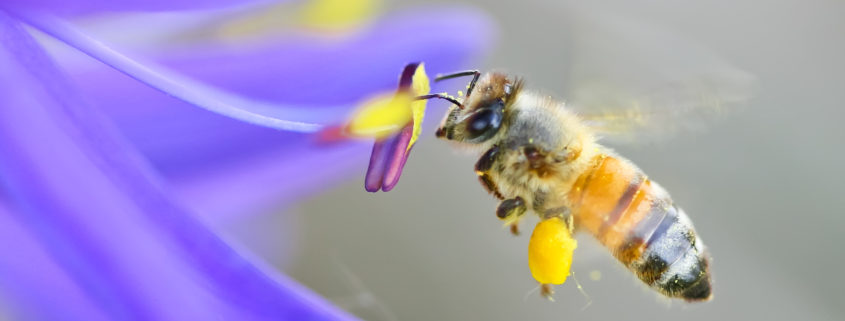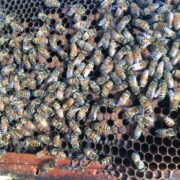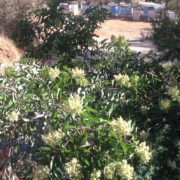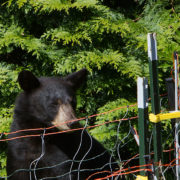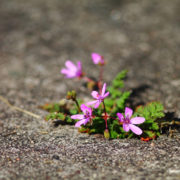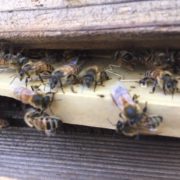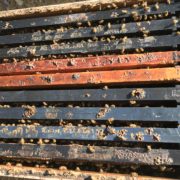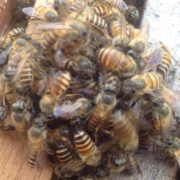The Forager
An adult worker honeybee typically progresses through a series of roles during her short life span. During her first two weeks of life she assumes the role of nurse bee, staying inside of the colony, tending to the larvae and to the many needs of the queen bee. By the start of her third week, still inside the colony she takes on a slightly different role of an “intermediate” bee; a worker bee who has not quite graduated to foraging status yet. Her work at this point mostly consists of receiving and storing nectar from the forager bees, producing wax, and building comb.
By the start of the third week, however, a worker bee “graduates” her housekeeping duties and finally becomes a forager. She will begin by taking a series of training flights to get oriented, and then ultimately heads out into the open world to forage for nectar, pollen, water, and propolis. The transition to foraging is more or less a death sentence for a worker bee. The risks to a foraging bee’s life are vastly higher than to a young bee that stays safely inside a well-secured colony. Not only does a foraging bee have to deal with predators such as swallows and other bee-eating birds, a forager faces a multitude of environmental dangers such as cold, heat, drowning, spider webs, car windshields, etc. Of course, a forager also can get lost or exhausted in her many daily trips to and from the colony.
A foraging bee makes an average ten to fifteen foraging trips per day! With this heavy workload, even the strongest and luckiest forager bee only will live about another three weeks while foraging. Assuming an intrepid foraging bee makes it through the gauntlet of dangers during her daily foraging, sadly her little wings will eventually wear out from all the hard work. By her third week of foraging she reaches the end of her short lifespan.

